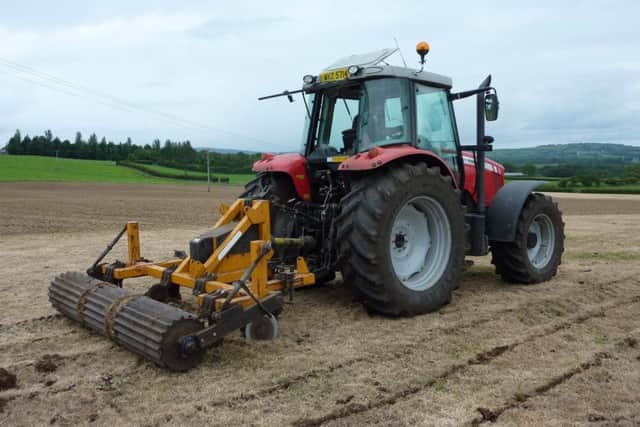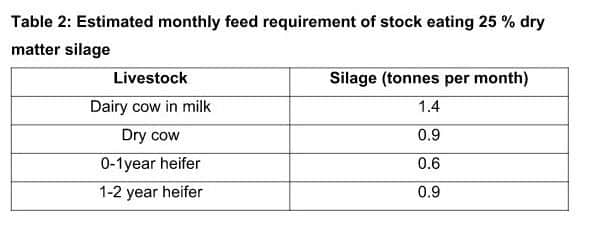DARD Management Notes: Dairying


Dig test holes at least 40 cm deep to determine the extent of any problem and the depth of the compacted layer. Visible signs of compacted soils include a structure that is hard to break up, shallow roots growing horizontally, absence of worms, foul smell, grey colour or brown mottling. The depth of the compacted layer determines the type of machine that should be used to rectify the problem. A range of machines are available from soil aerators to sub-soilers.
July grass
Achieving excellent performance from your grass is critical for your business. Good grazing conditions and available aftergrass means your herd has an opportunity to graze quality grass with the potential to produce maintenance +18 litres of milk.
Advertisement
Hide AdAdvertisement
Hide Ad

In the Greenmount Future Herd the aim is to ensure both grass quality and quantity are optimised. Grass covers across the entire grazing area are visually assessed weekly so that cows are grazing high quality swards (2800-3000 kg dry matter per hectare). A combination of round baling areas where grass covers have exceeded the target pre-grazing cover, along with topping and the use of silage aftermaths maintains good grass quality. To maximise grass intakes, the grazing area (hectares per day) is calculated daily using pre- and post-grazing measurements, with a target grass intake of 15 kg dry matter per cow per day. Cows are fed to yield in the milking parlour, with a current setting of M+18 for cows and M+ 14 for heifers using 0.45 kg per litre above the M+ level for each cow.
Continue to apply 35 kg N per hectare after each grazing round. Research at AFBI has shown calcium ammonium nitrate is the most effective source of fertilizer N during the summer months.
Calculate your forage requirements for the winter ahead now!
Have you enough first and second cut silage in your silos to meet winter requirements? If not there is still time to plan a third cut. Use the figures in tables 1 and 2 to estimate the supply and demand on your own farm.
Advertisement
Hide AdAdvertisement
Hide Ad

Firstly calculate the volume of silage in your silos by multiplying the length by the width by the height. Then convert the volume of silage to tonnes of silage by multiplying the volume by the conversion factor in table 1 at the appropriate dry matter.
Table 1: Conversion factors to convert silage volume to tonnes of silage
Table 2 estimates the monthly silage requirements for different classes of housed livestock.
To calculate the silage requirement on your farm this winter multiply these figures by the number of stock in each class and then multiply by the number of months you normally feed silage. This will give a total tonnage of silage required.
Advertisement
Hide AdAdvertisement
Hide Ad

If you haven’t enough silage in stock, you can estimate how much land you need to close off by planning a third cut. A third cut will produce 10 tonnes of silage per hectare after seven weeks growth.